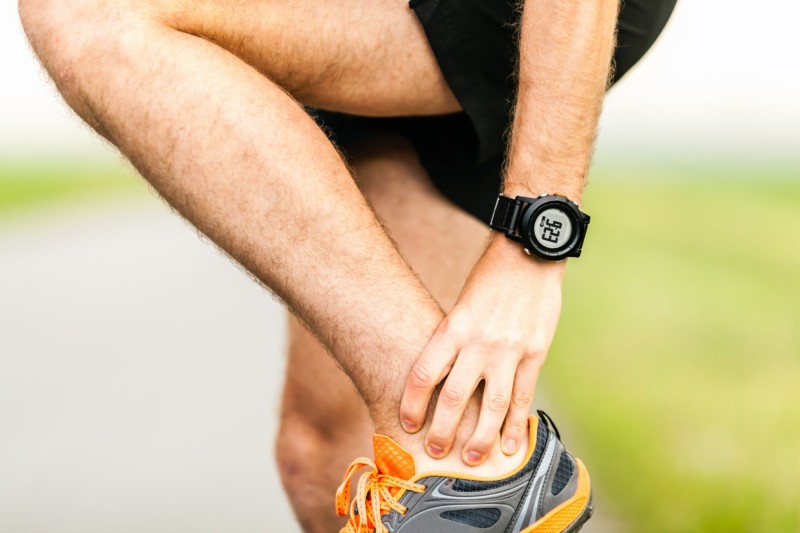Lateral ankle sprain Post
Lateral ankle sprain is one of the most re-occurring injuries in sports. Often the first instance of injury is as a child with a twisted ankle that causes damage to the ligaments around the outside of the ankle. This means that the outside of the ankle has reduced ability and as you start increase your activities this instability becomes more pronounced.
The most common ligaments damaged in the ankle is known as the Anterior Talo-Fibular Ligament or ATFL for short. Its job is to prevent the foot sliding forward too much at the ankle during activity. Ultrasound is used as part of the clinical diagnosis in all of our MSK treatments.
Sprains of the ankle are often characterised into three grades with grade 1 being a stretching of the fibres of the ligament. Grade 2 being rupture of some of the ligament and grade 3 being total rupture of the ligament. The reason why it is the most re-occurring injury in sport is that is often not treated correctly at the time of injury. Unfortunately, once damaged the ligament rarely repairs.
Once you have recovered from the initial injury can often rear its head again through repeated minor strains or increase in pain around the outer part of the ankle on different activities. Sometimes this can occur during a change in activity or even something as simple as walking over an uneven surface.
Treatment of lateral ankle sprain
Treatment of lateral ankle sprain often involves using a strapping or ankle brace to prevent further injury but also initiating a rehabilitation/strengthening or exercise plan to help get the muscles around the ankle to do the job the ligament would have done.
Orthoses or insoles can always be used to help reduce the chance of re-injury. In severe cases, where the ligament is badly damaged but intact, we may need to use an ankle brace and/or orthoses long-term, in these cases injection therapy can also be used to help make the area pain-free to allow appropriate rehabilitation.


